‘Brick & mortar retail will shrink in size, but expand in terms of touchpoints’
By Retail4Growth Bureau | November 16, 2022
Shoppers Stop blazed a trail in large-format premium retail more than 25 years ago and evolved as one of the top retail organizations in the country, Today the retail brand is all poised to expand rapidly across the country with strategic new store launches every year. In an exclusive interaction with Retail4Growth, Sakthikumar B, Head - Projects, Shoppers Stop, who comes with nearly 25 years of experience across different aspects of retail, shares the retail brand’s approach to expansion, store roll-outs, collaboration with partners, organizational culture, and more.
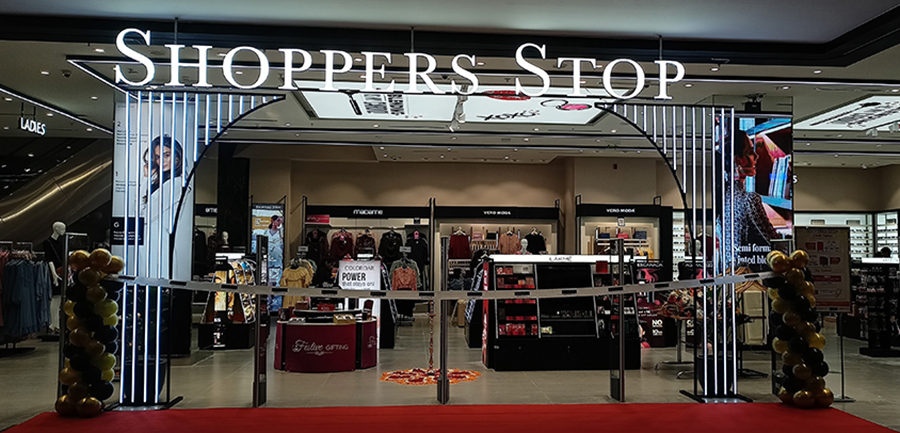
Shoppers Stop is on a major expansion drive currently, isn’t it?
Yes, at Shoppers Stop we have a lot of expansion plans lined up; we were expanding at the pace of 6-7 stores a year earlier and now that pace has almost doubled to 12 stores a year. This fiscal, we plan to touch 21 stores, and I must say we are on target. We have already touched five stores and we will reach the target pretty soon.
We also have a strong focus on the beauty segment with our SS Beauty outlets, which are six in number currently with more in the offing. The idea is to expand their presence in all major airports and malls in the country. There are also other plans in the pipeline, with a clear focus on tier 2&3 markets and our private labels.
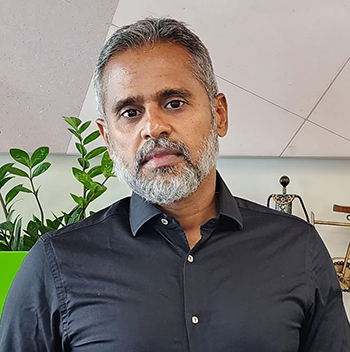 So what’s the secret sauce behind this focused expansion? Can you take us through the systems and processes you have in place that enable it?
So what’s the secret sauce behind this focused expansion? Can you take us through the systems and processes you have in place that enable it?
It’s a combination of factors. For one, we are more open to change now, whether in terms of organizational structure or terms of store design and experience. For example, we are now exploring the idea of functional design which helps satisfy customer needs, rather than design that is driven purely by aesthetics. Also, we are looking at standardizing the look and feel of our stores and ensuring that when a customer enters an SS store anywhere, she knows it instantly and gets the same brand experience. Standardization also makes it easy in terms of store roll-outs. Essentially, the idea is to make the economic aspect viable - bring down the cost so that we can expand more without necessarily spending more.
This means having rigorous checklists and processes in place?
Yes, and the checklists apply both at the operations and the projects level. It’s essentially about attention to detail. For example, on the operations side, there is a system to evaluate things at a micro level - from the trashcans and whiteboards to washbasins, switches and camera angles. At the project level, the focus is on safety, functionality and, of course, aesthetics. It requires constant personal supervision and all of it contributes to overall efficiency and cost optimisation. But essentially, it’s driven by the organisational culture of openness, trust and learning. When the top management gives you the freedom to make changes, you get the confidence to try out new things.
The right solution partners/vendors also make a huge difference, right?
Absolutely! We are associated with a few established players and also many new ones for our fixtures, lighting and other solutions; and I must say, the industry has come a long way. Of course, we have also encountered many challenges on this front. In the process of searching for vendors, sometimes new ideas get into the wrong hands. Also, it sometimes happens that the samples shown are fine, but they are not followed up with the same quality. The fact is that if the vendors are not organised, then they are not the right fit for quality-conscious retailers like us. They need to have the same passion and processes in place. When you have the right kind of partners who follow solid processes, then things become a lot simpler. Right now, given the rate of our expansion, we need regional vendors pan-India, especially in the North East, where we are now planning to expand. The main factor is that they should be able to deliver fast - speed is the essence here - plus the quality, of course.
We have worked with some of the top players in the industry, who understood our requirements well and set the bar very high. Today, when we work with some of the newer generations of vendors, we are bound to encounter some challenges. But then it’s a continuous process of learning and improvement. As like I said, the industry has now gone ahead of us, and many of them have set new standards.
In the context of vendors/retail partners, what does it take at the corporate/organizational level to make sure the right vendors are onboarded with the right parameters? Any SOPs that you have put in place?
Yes, we have, and the parameters are mainly to do with vendors’ manufacturing capability, certification, ability to supply what we need, and cost per sq ft. But yes, it is also about streamlining our internal processes - creating drawings and delivering drawings to our partners so that they can deliver them back to us in a faster, more efficient and flawless manner. After all, what we do reflects what our partners can deliver back to us. So we are in the process of creating an SOP based on R&D. Fortunately as I already said, Shoppers Stop has a strong organizational culture which helps in this aspect. We train, mould and hand-hold new teams to make sure the legacy continues and outcomes are aligned with the organizational thought process. The focus essentially is on collective ownership and collaboration across teams and departments. It’s also about breaking the comfort zone of working with the familiar and being open to newer ideas and perspectives.
Finally, moving on, what do you think will be the game-changers as far as brick & mortar retail is concerned?
One aspect that is certainly changing is the size of the store, which is reducing. The other is omnichannel. Using the omnichannel approach, retailers will be looking at a variety of formats based on changing customer preferences - going local to their neighbourhoods so customers don’t have to drive long distances - and focusing on malls rather than on high streets. So moving forward, brick & mortar retail will shrink in size, but expand in terms of touchpoints.
This also means a lot of technology integration - no one can afford to lag on the technology front. That is a given. Technology will be integrated to create retail spaces that wow and resonate with the customers while matching their functional needs and lifestyles. So these will be the real game-changers moving forward.

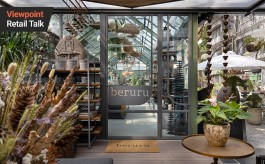
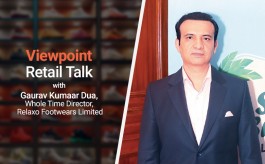
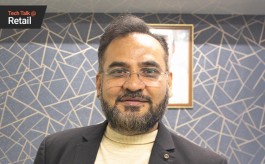
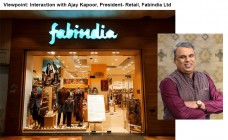
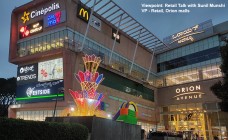
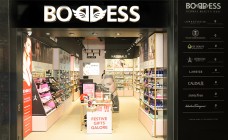


Comments